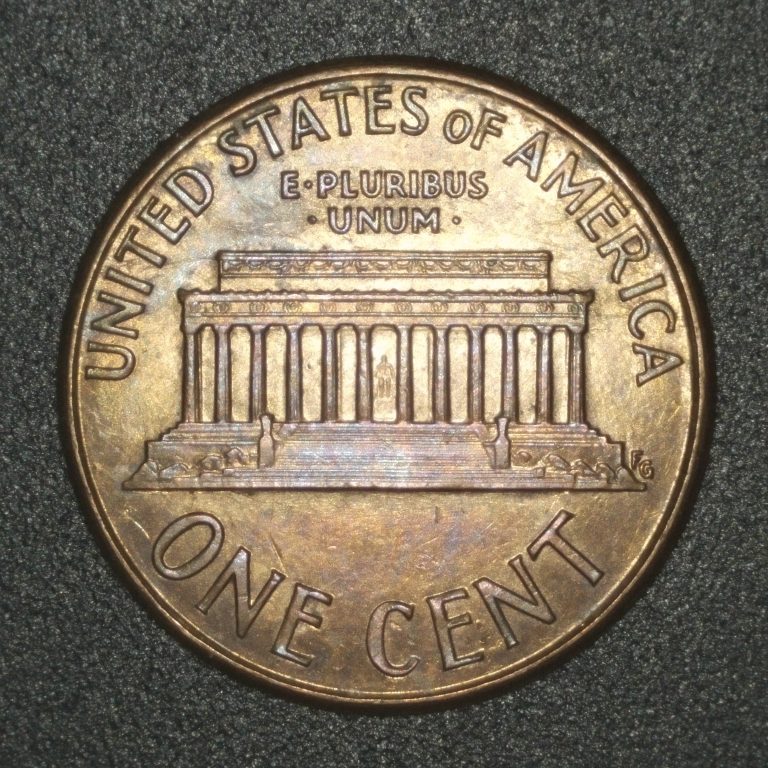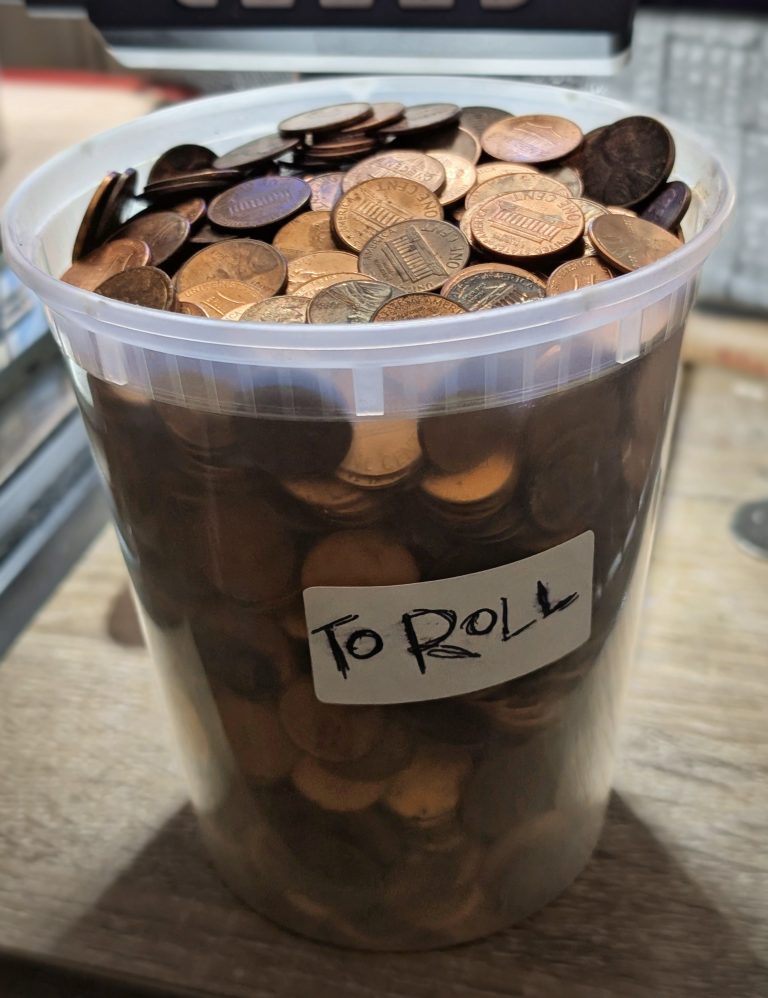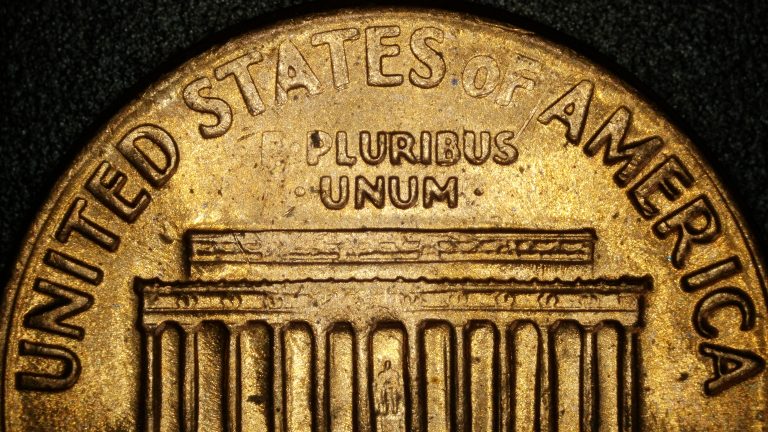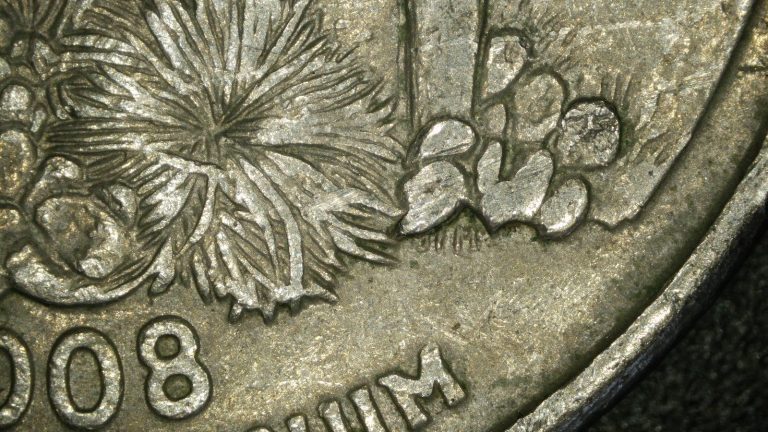What Nickels Are Worth Money?
Nickels don’t get the same hype as pennies or quarters, but there are a few that are absolutely worth more than face value. Some are valuable because of silver content, others because of low mintages or known varieties.
This guide breaks down the nickels you should actually watch for, and which ones usually aren’t worth much more than five cents.
1. Silver War Nickels (1942 to 1945)
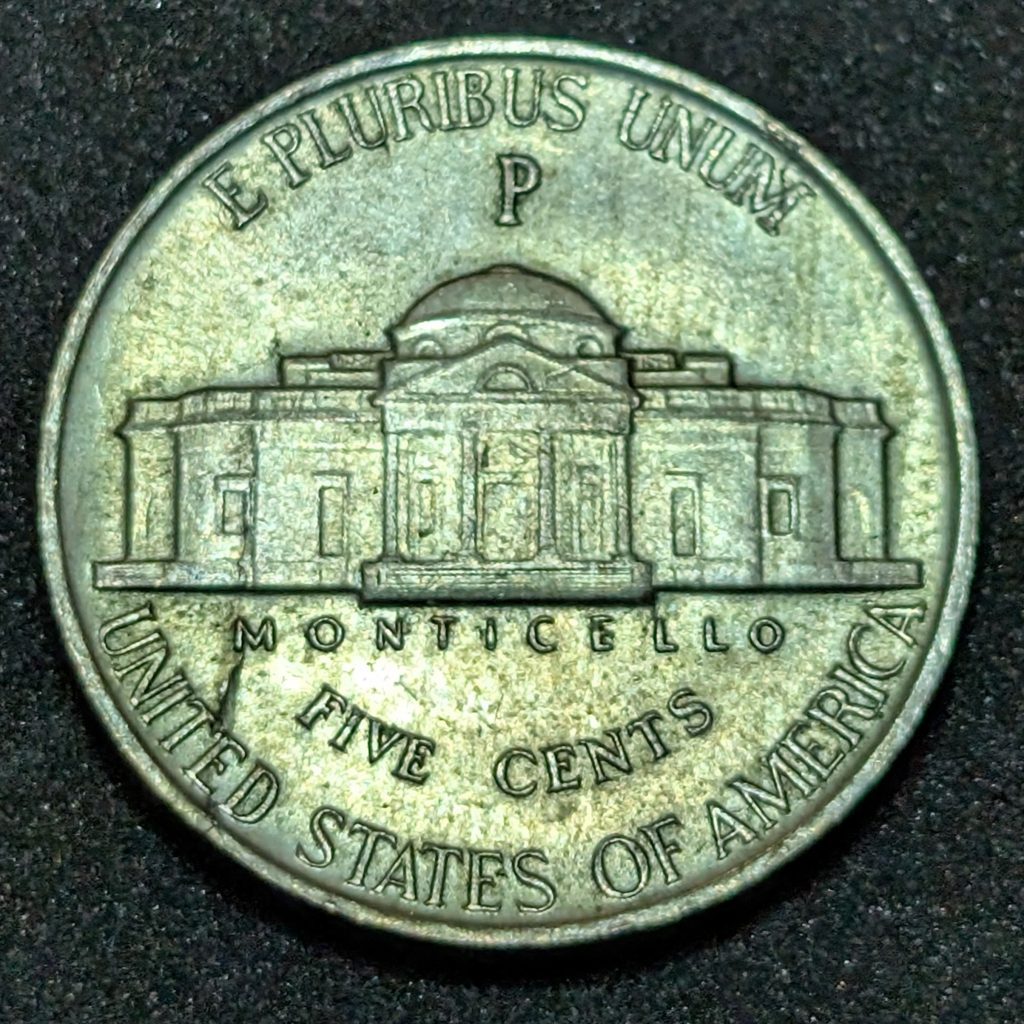
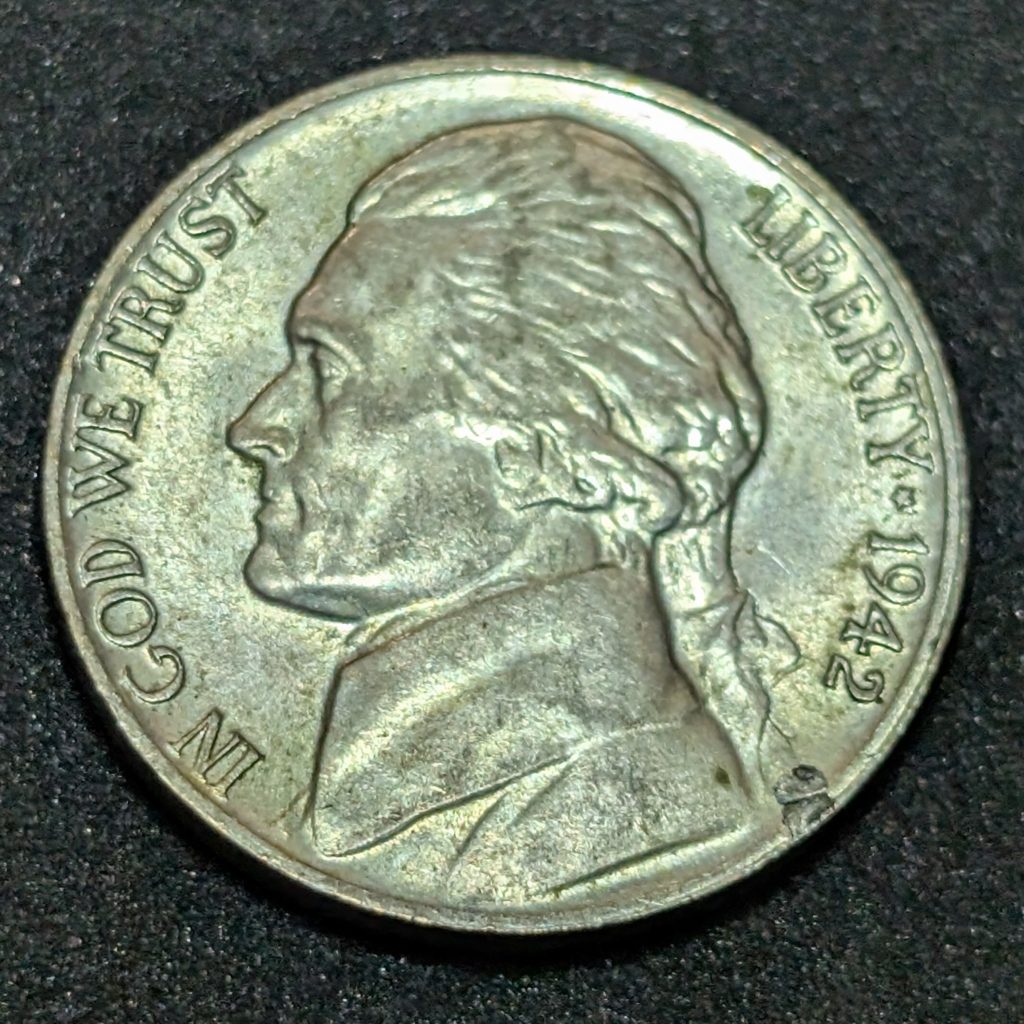
From mid-1942 through 1945, the U.S. Mint used a 35% silver alloy in nickels to save nickel metal for the war effort.
How to spot them:
- Look for a large mintmark above Monticello on the reverse
- All are dated 1942–1945, but only late 1942s count
- Mintmarks will be P, D, or S, and the P was used for the first time here
Value: Around $1.25–$3 each depending on silver spot price and condition
2. 1950-D Jefferson Nickel
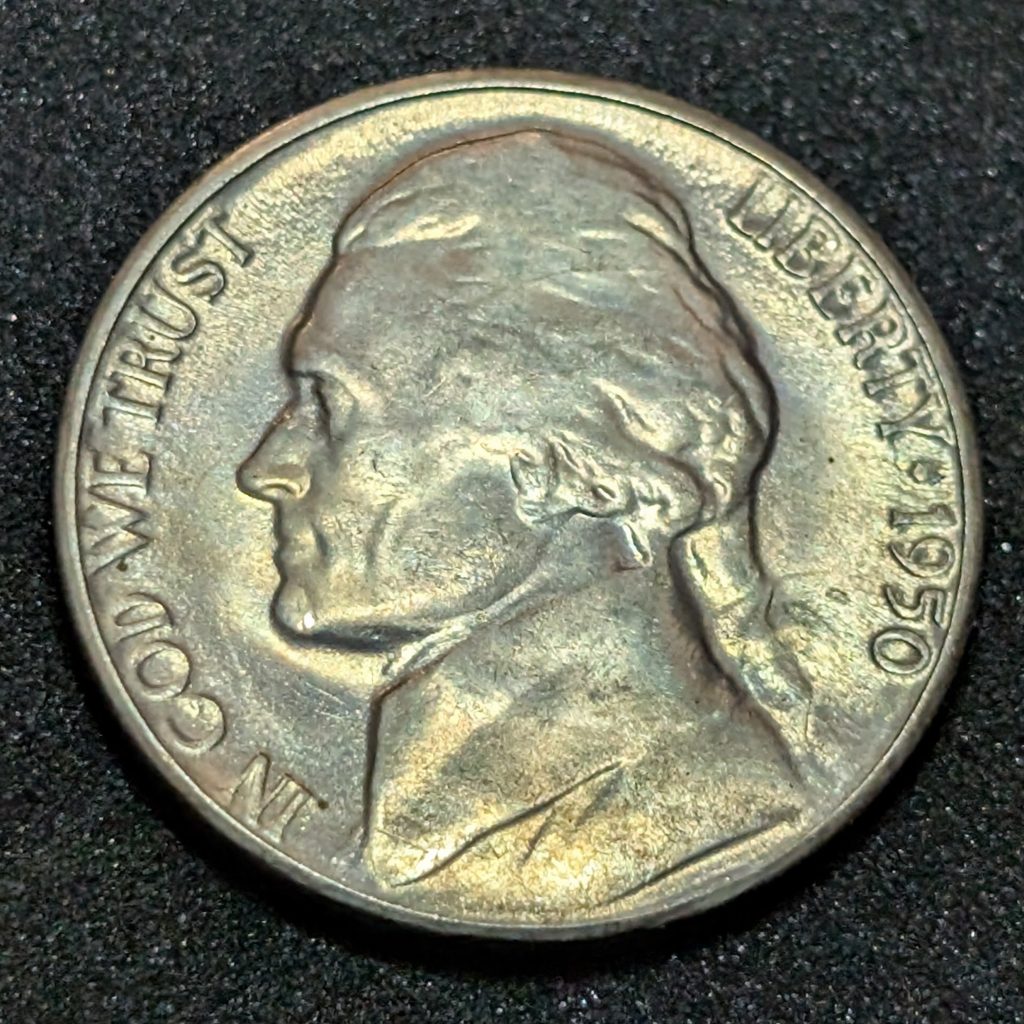
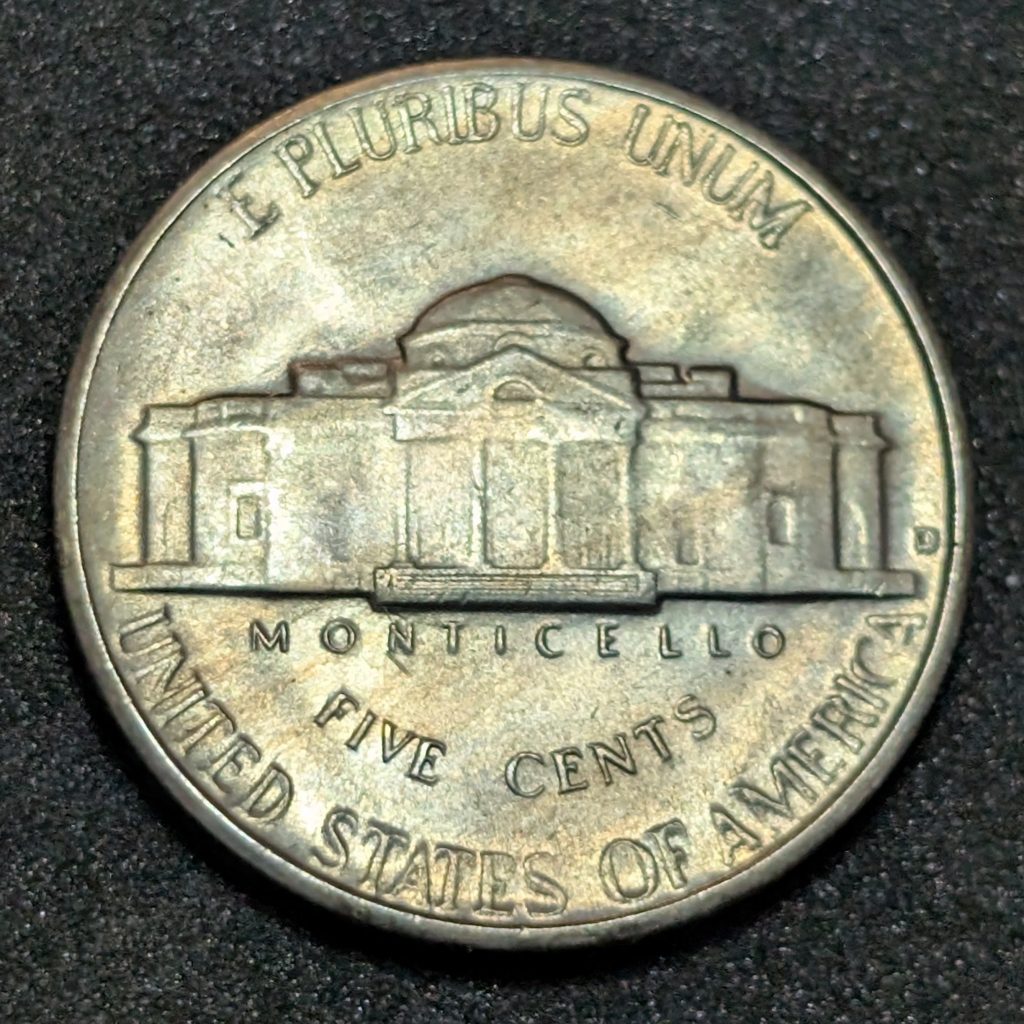
This is the key date for regular Jefferson nickels. It had a low mintage of just 2.6 million, and most were saved by collectors. Because of that, high-grade examples are common, but circulated ones still carry a premium.
Value:
- Circulated: $4 to $10
- Uncirculated: $15 and up
3. 1938–1939 Early Jefferson Nickels
The first two years of the Jefferson series included lower mintages, especially from Denver and San Francisco.
Look for:
- 1938-D
- 1938-S
- 1939-D
- 1939-S
Value: $1 to $10 in circulated condition, much more in mint state
Bonus tip: The 1939 reverse of 1940 variety and the 1939 doubled Monticello are both worth checking for, but you’ll need a loupe.
4. Buffalo Nickels
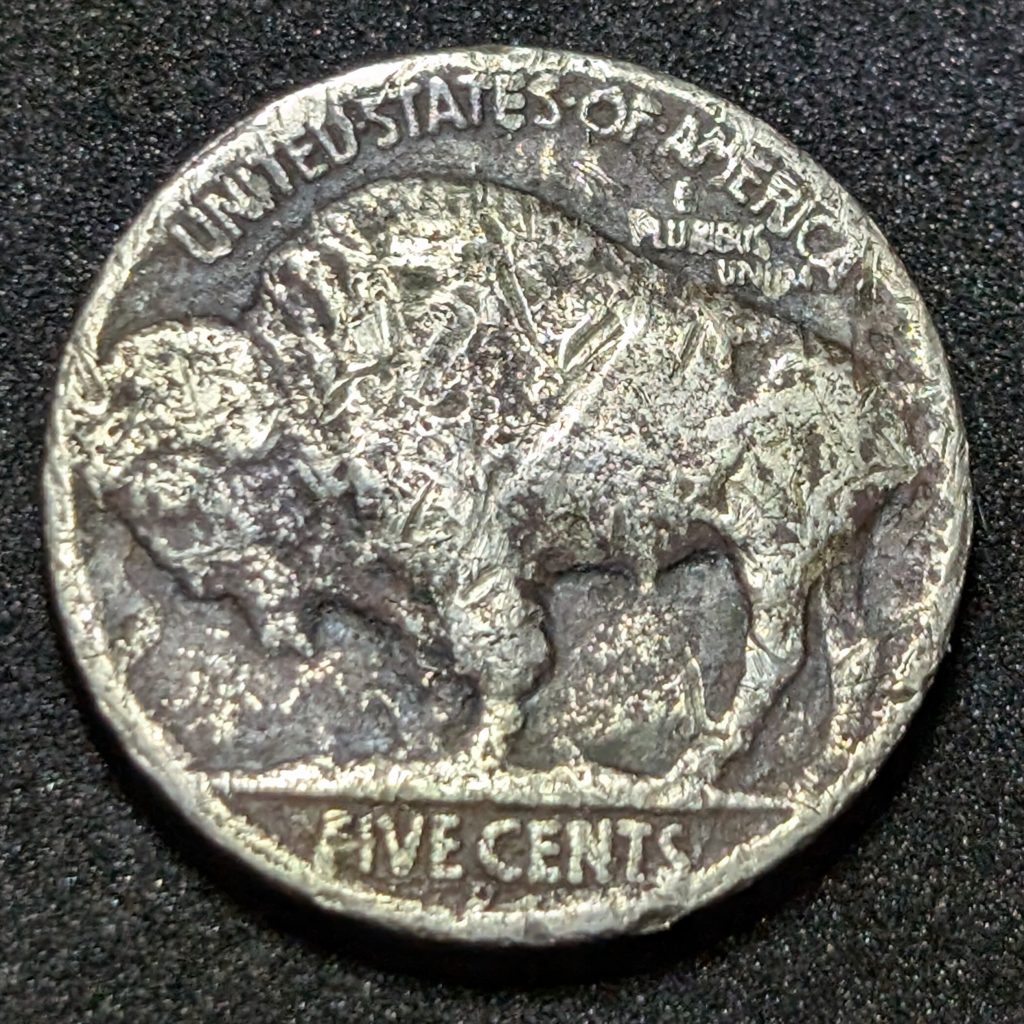
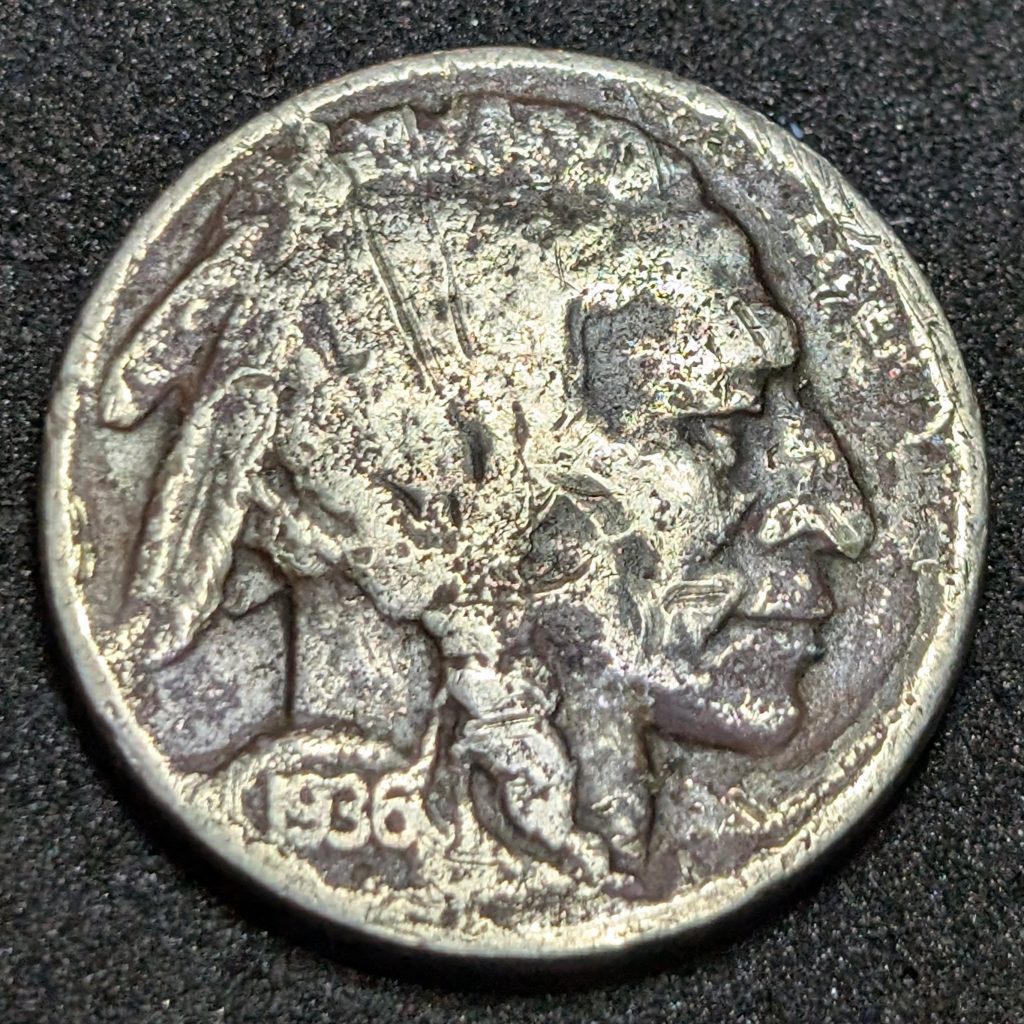
Any Buffalo nickel with a full date is worth more than face value. They were minted from 1913 to 1938, and many circulated examples are worn smooth.
Value:
- Full-date common dates: $1 to $3
- Key dates and better grades: Much higher
- Watch for: 1913 Type 1, 1918/7-D overdate, 1937-D 3-legged
5. Liberty (V) Nickels
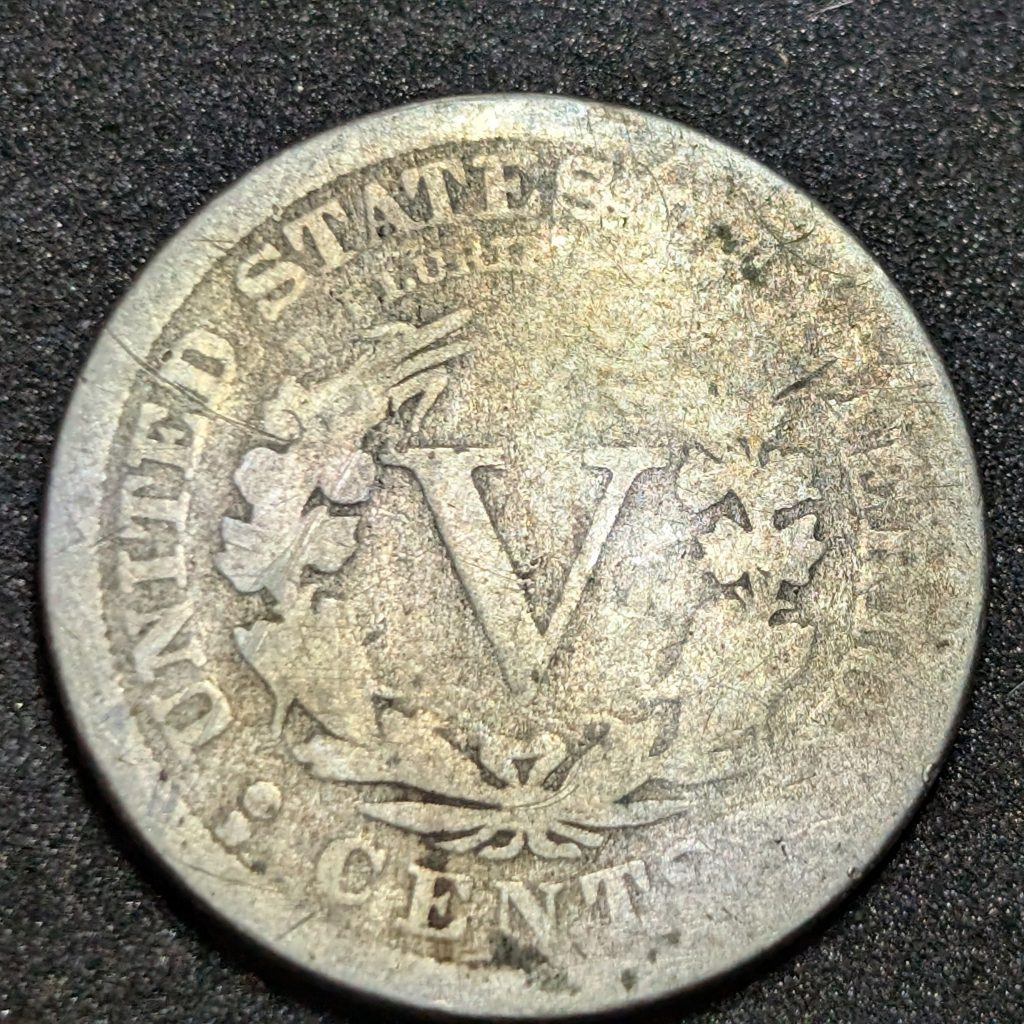
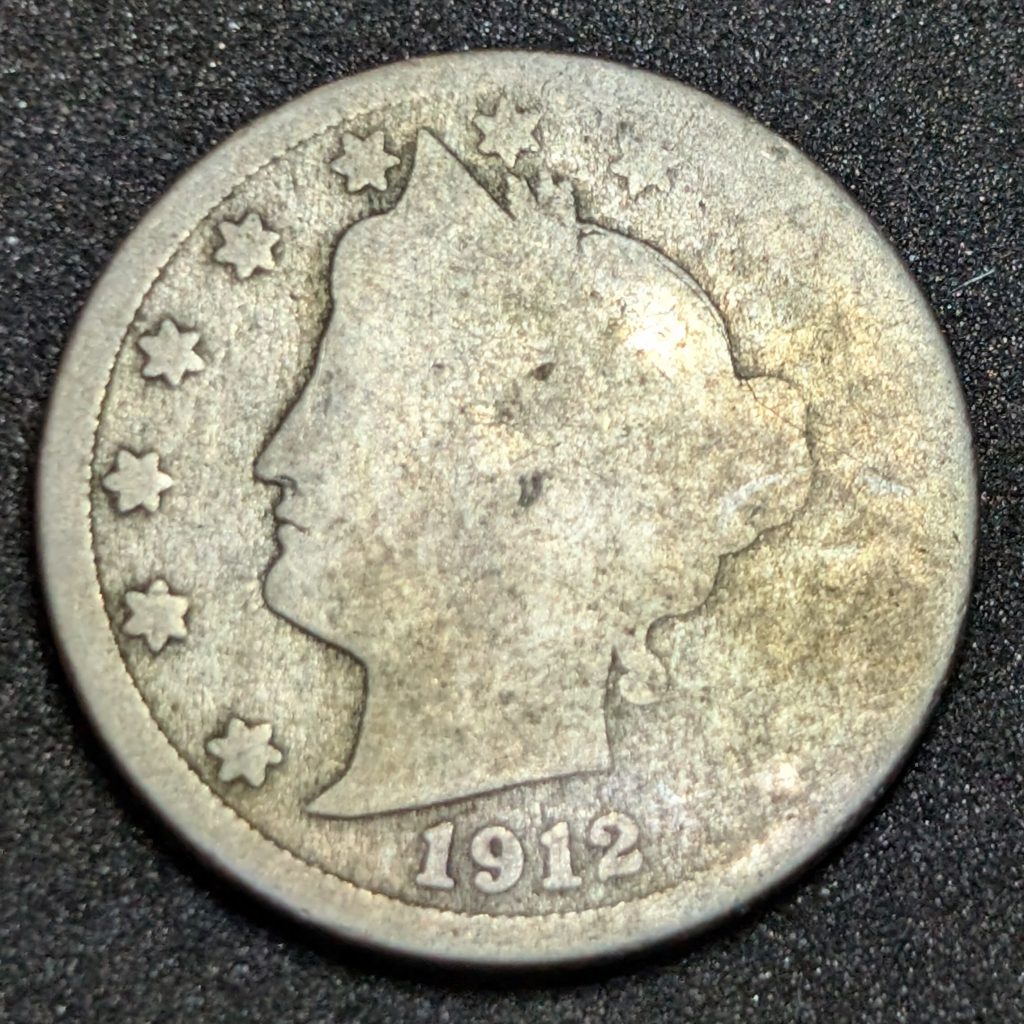
These ran from 1883 to 1912, and most found in circulation today are damaged, dateless, or heavily worn. Still, they’re collectible.
Value:
- $2 to $10 for common-date examples
- Higher for better grades or scarce dates like 1885 and 1886
6. Modern Errors and Varieties
Most modern nickels aren’t worth much, but there are a few to watch for:
- 2004–2005 Westward Journey nickels (look for die clashes and doubling)
- 2005-D “Speared Bison” variety
- Off-center strikes, die cracks, or double strikes
- 1971 proof Jefferson with no “S” (rare and valuable)
These are often worth anywhere from a few dollars to several hundred, depending on the error and condition.
7. Proof and Low-Mintage Special Issues
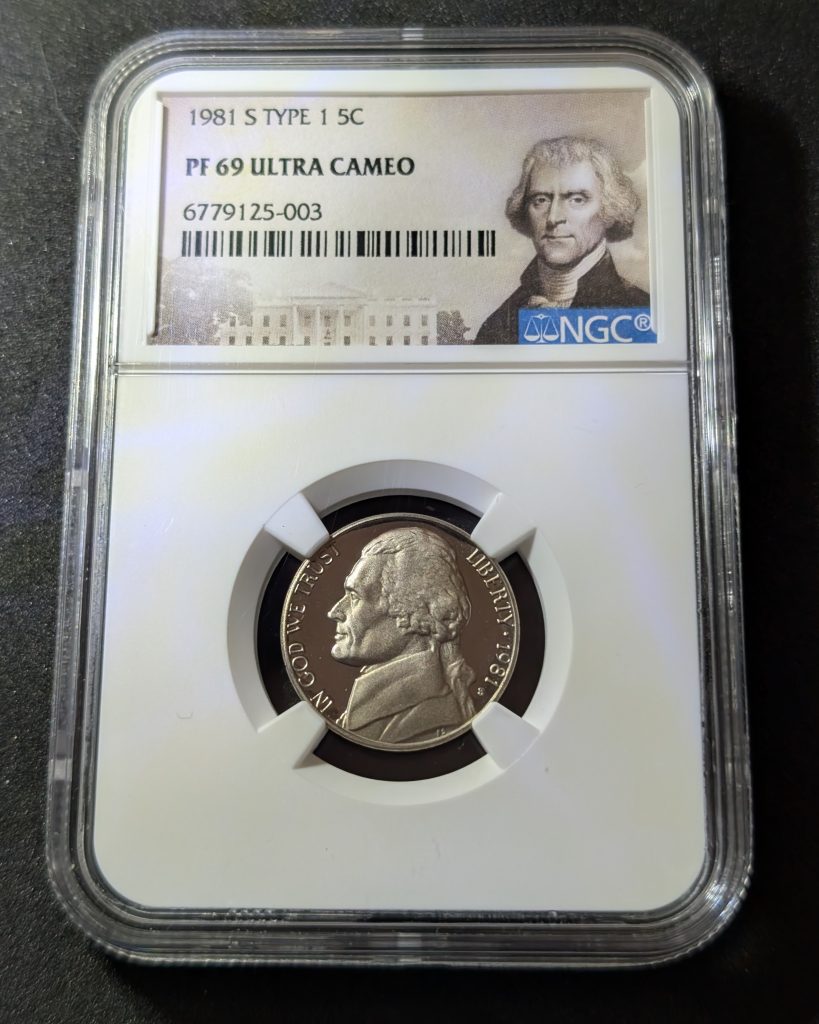
Keep an eye out for nickels from proof sets, mint sets, or special collector-only issues that were never meant for circulation. Most aren’t rare, but they can have value to collectors.
If it looks unusually sharp, frosted, or has mirror fields, it might be a proof that slipped into circulation.
What’s Not Worth Money
- Almost all post-1960 nickels with no errors
- Worn common-date Jeffersons
- Nickels with discoloration, staining, or minor damage
- Anything listed as “RARE” on eBay but found in your change
Bottom Line
Most nickels are only worth five cents, but there are real gems out there. Especially if you’re willing to check for silver, early mintmarks, or the occasional major error.
Check your change, look up anything that stands out, and don’t fall for the hype around every old nickel being rare. The real ones are out there, but it takes a sharp eye and a little patience to find them.
Geoff runs Genuine Cents, a straight talking coin education project built from hands-on experience and hundreds of hours examining coins. He is an ANA member and writes practical guides for new and returning collectors who want clarity instead of hype. If you want to reach him, message him on Instagram at @GenuineCents.

